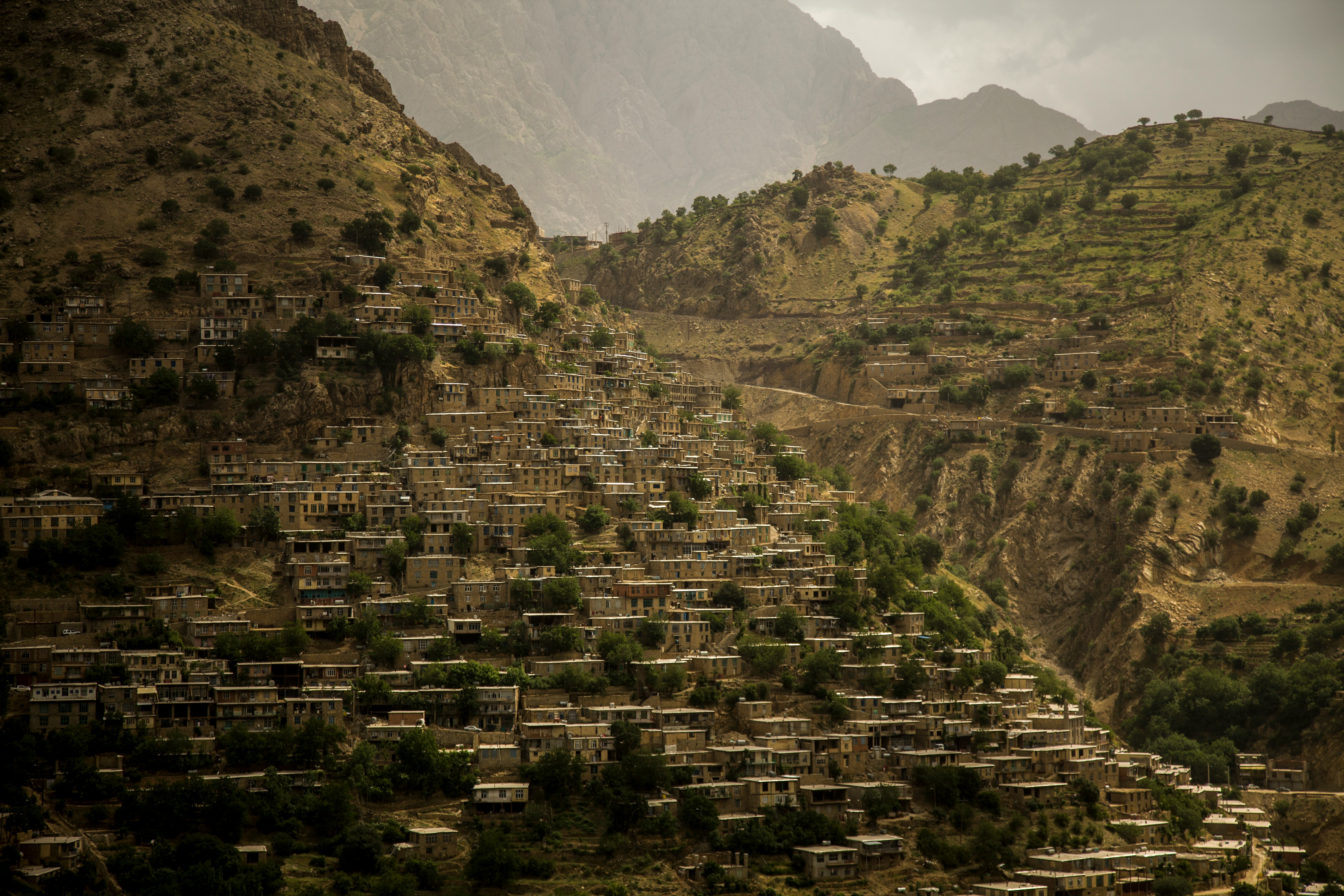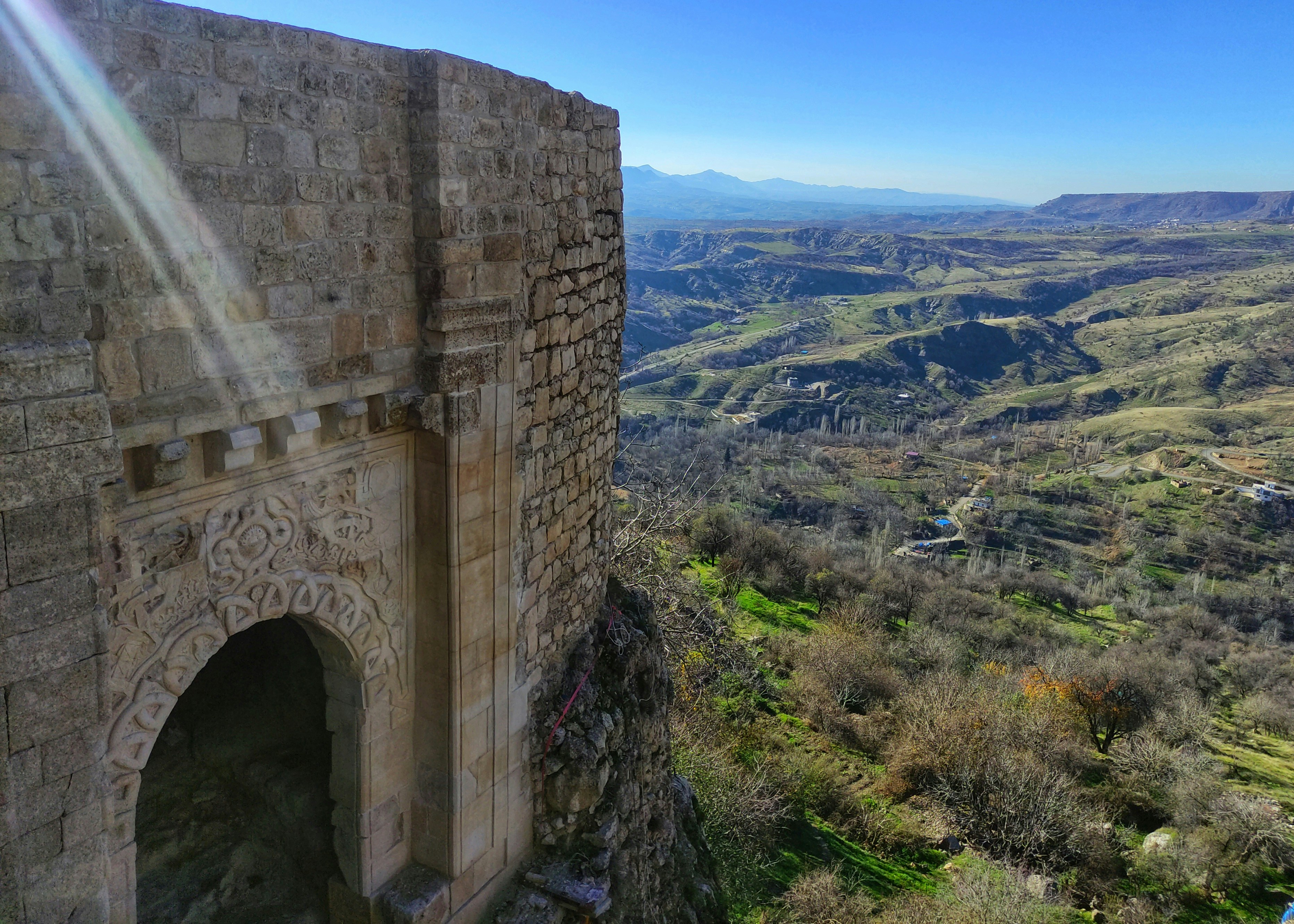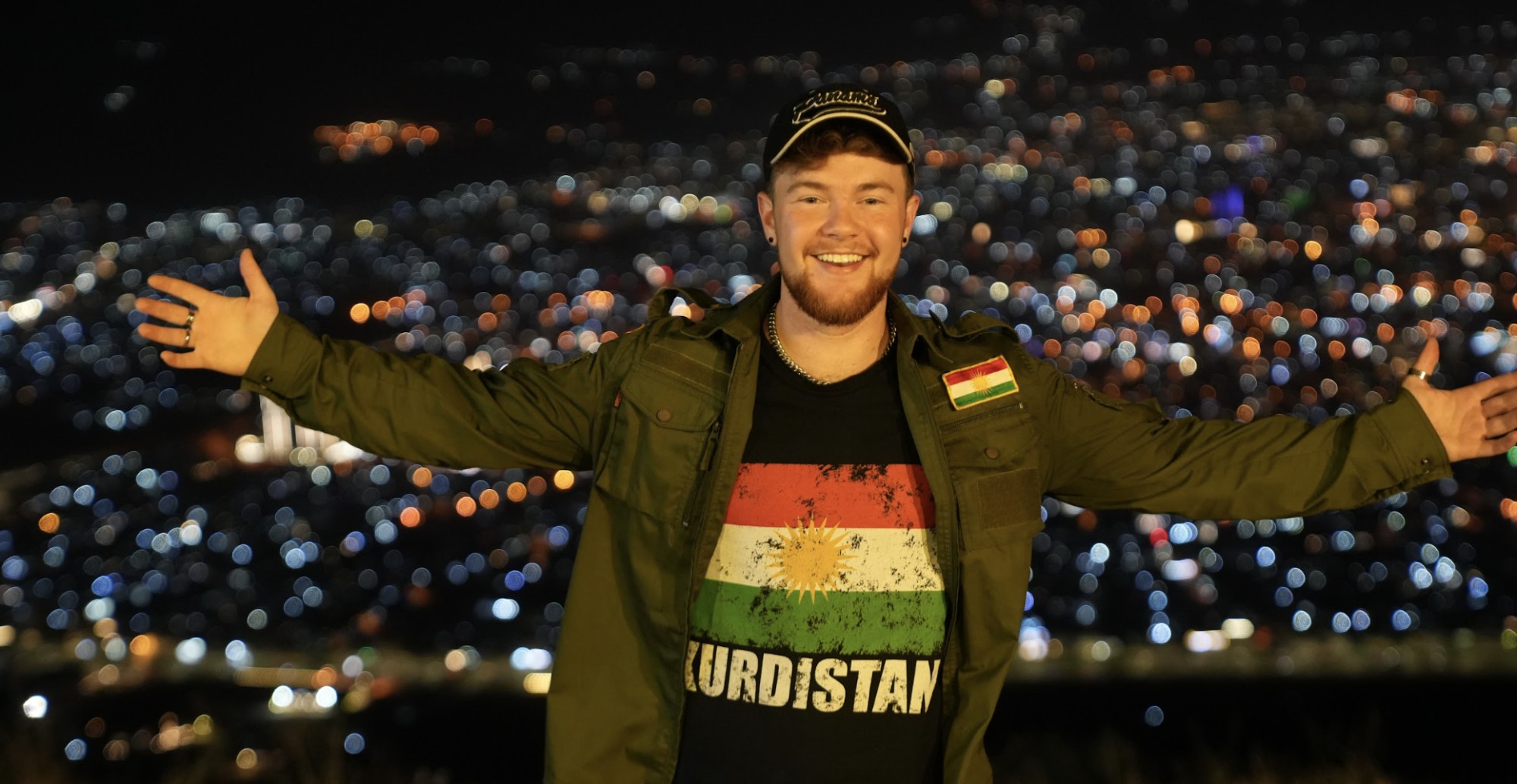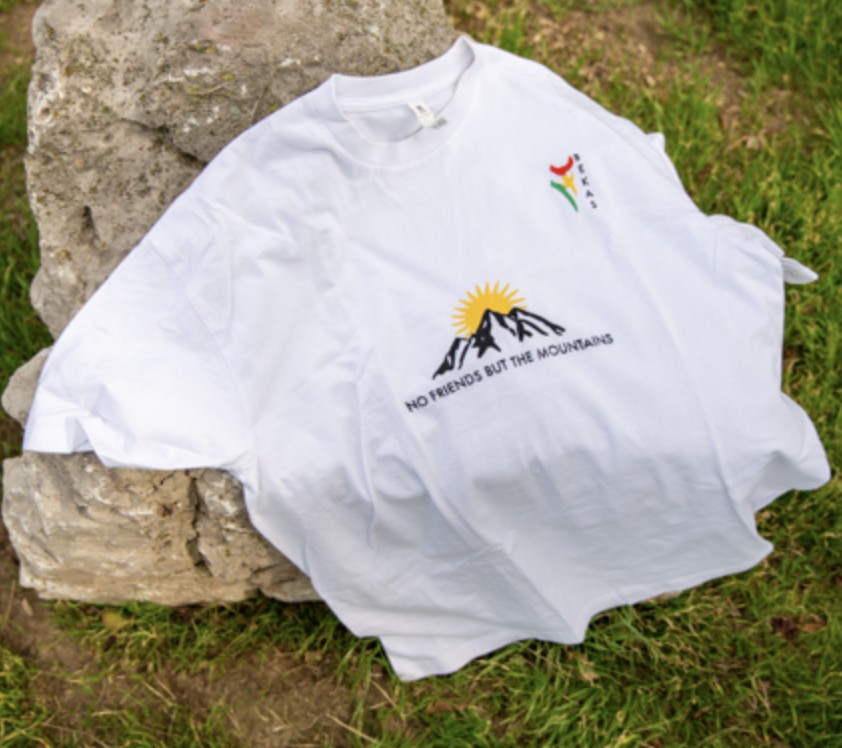I just completed two months of lecture tours in southern Iraq with three groups of intrepid travelers from the United States as my guests. We had a wonderful time visiting some of the most important archeological sites in the world, many centered around what was once the heartland of Sumerian Civilization. One of my lectures, “The Fifty Firsts of Sumer,” detailed a few of the amazing inventions and innovations from those who inhabited cities like Eridu, Ur, and Uruk.
At the end of my lecture, I asked the group, “Where did these innovative Sumerians come from?” I told them I would suggest a plausible explanation when we reached the Iraq Museum at the end of our journey.
A week later, upon arriving at the museum, we walked first into the Prehistoric Hall, which houses various items that heralded written history. The first exhibit we encountered was from Shanidar Cave in Kurdistan, replete with the complete remains of a Neanderthal skeleton uncovered by the famed archeologist Ralph Solecki of Columbia University in the mid-1950s.
BUT WAIT... we are in Baghdad, not Kurdistan. Why not display remains of local Neanderthals – maybe from Ur or somewhere else in southern Iraq? The answer is simple: there are no Neanderthal caves or remains in southern Iraq.

Two sides of the Mesopotamian coin
We frequently hear Mesopotamia referred to as the “Cradle of Civilization,” which evokes for many the fabled cities related to Sumer. But Kurdistan, as the “Cradle of Mankind,” enabled cities such as Ur and Uruk to emerge. Wanderers from the region we now call Kurdistan are believed by many scholars to have traveled south, which made the emergence of advanced civilizations possible. I told my guests, one could never understand Mesopotamia if one does not visit Kurdistan, as it is the other side of the Mesopotamian coin.
While Uruk may be the oldest city (or Eridu, if one counts it as a city), Erbil, the capital of Kurdistan is the oldest continuously inhabited city in the world. Yes, there are cities as old as Erbil, but they were not continuously inhabited. All the famed cities of southern Iraq disappeared when rivers changed their course and irrigation canals silted up, resulting in insufficient water supplies to sustain large populations. But Kurdistan, with its many rivers, lakes, and streams, flourished and prospered while other regions withered and died.

Kurdistan boasts the remains of the Zarzian Culture, those who first planted crops and domesticated animals, succeeding the hunter-gatherer Neanderthals of the Bradost region where Shanidar is located. The oldest bridge-aqueduct ruin in the world Jerwan Aqueduct, located near Shekhan district in Duhok Governorate. There are many “firsts” of Sumer, no doubt. But there are just as many firsts in Kurdistan.
Take Shanidar Cave, the finds of which are exhibited in Baghdad as well as the Smithsonian Institute in Washington, D.C. It is perhaps the most important Neanderthal find to date, as it was the first to show that they buried their dead ritually with flowers, thus revealing the apparent care of those who mourned their loss. Solecki called them “The First Flower Children” in his book by the same name.
Shanidar showed to the world that throughout the lives of these Neanderthals, the injured had been cared for, as medicines used to treat them were buried alongside the interred. So much was found – and is still being found – that the discovery shook the intellectual world; some even dared to suggest that they are us.
I could go on extolling the virtues of combining southern Iraq and Kurdistan into a single tour, as those who do never regret it. They fully understand that one without the other is incomplete.

Bountiful and well documented
Some on my tour joked that we who live in Kurdistan think everything originated here. Well... perhaps not everything. But I am certainly not alone in believing Kurdistan is equal to or surpasses any region in terms of its importance to ancient history.
In his book, The Kurds: A Concise Handbook, Merhdad Izady states, “The technological advancements and discoveries made in the Kurdish highlands in the 7,000 years preceding the rise of (southern) Mesopotamia (3,000 BC) forever changed the course of human history and altered the very face of the planet. Much that was achieved later by the civilization of lowland Mesopotamia starting 5,000 years ago, began 7,000 years before that, in the bordering mountains and valleys of Kurdistan. The archeological and zoological-botanical evidence of Kurdistan’s crucial importance to the development of civilization is bountiful and well documented.”
Many archeological digs are being undertaken in Kurdistan, revealing previously unknown cities, and recent pottery discoveries are older than most found elsewhere. Could the weather and lack of water in southern Iraq and the frigid temperatures in Kurdistan be the ideal incubator for humans? Who knows? But it is undoubtedly a land worth exploring, and without the incredible adventure called Kurdistan, one can never truly understand ancient history or the origins of humanity.
Many of my guests have signed up for a tour in Kurdistan and will continue their journey into the past. No surprise.
Welcome to Kurdistan – “THE CRADLE OF MANKIND!”
Dr. Douglas Layton is the Founder - CEO/ Explore Mesopotamia

